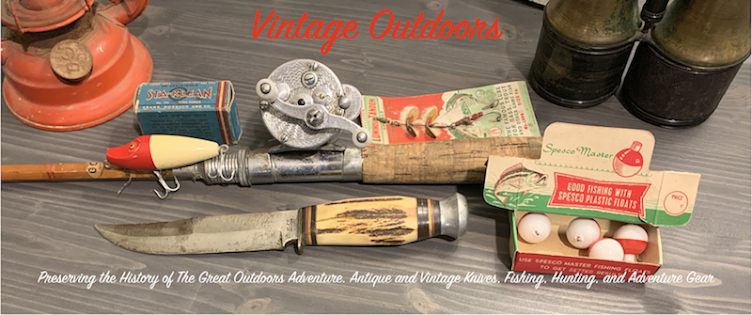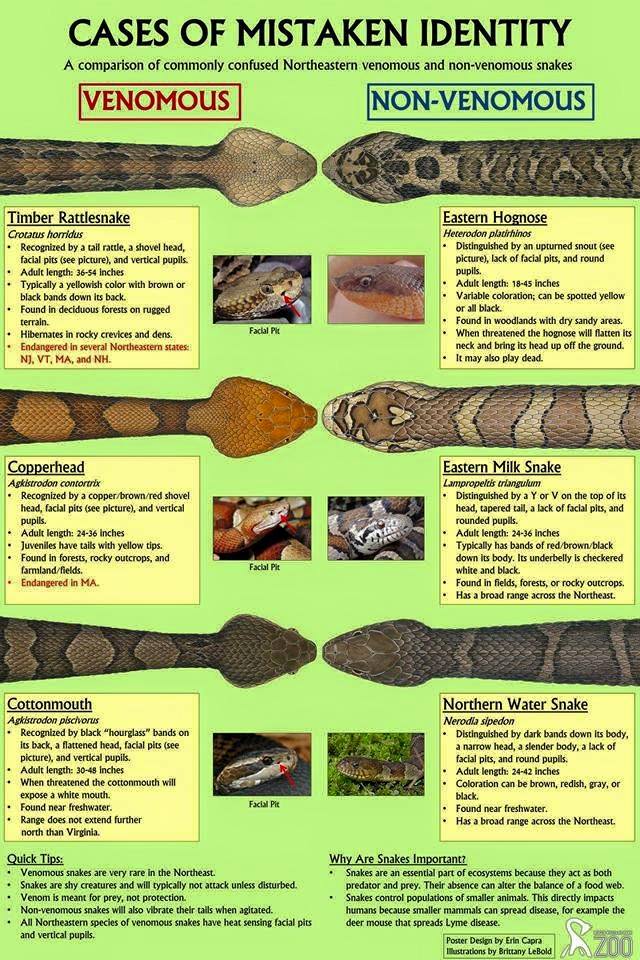A Guide to Identifying Poisonous or Dangerous Snakes
Introduction:
Snakes are fascinating creatures that play an important role in our ecosystems. However, it's essential to be able to identify poisonous or dangerous snake species to ensure safety, especially when venturing into their habitats. This guide aims to provide you with the knowledge and tools necessary to distinguish these venomous snakes from harmless ones.
1. Research and Familiarize Yourself:
Before heading out into snake-prone areas, it's crucial to research the types of snakes that inhabit your region. Understand their habitats, behaviors, and distinctive features. Local herpetological societies, field guides, and online resources can provide valuable information.
2. Head Shape and Eye Characteristics:
Venomous snakes often have triangular-shaped heads, while non-venomous snakes typically have more rounded heads. Additionally, pay attention to eye characteristics. Most venomous snakes have elliptical, vertically-slitted pupils, whereas non-venomous snakes generally have round pupils.
3. Venomous Snake Species:
Now let's focus on some common venomous snake species and how to identify them:
a. Pit Vipers:
- Rattlesnakes, copperheads, and cottonmouths (water moccasins) belong to this group.
- Look for a heat-sensing pit located between the eye and nostril on each side of the head.
- Rattlesnakes have rattles at the tip of their tails, which produce a distinct sound when threatened.
b. Coral Snakes:
- These small snakes have red, yellow, and black banding patterns.
- Remember the rhyme: "Red touches yellow, kill a fellow; red touches black, venom lack."
4. Harmless Snake Species:
To avoid unnecessary panic or harm to harmless snake species, it's essential to learn how to differentiate them from venomous ones. Here are a few examples:
a. Rat Snakes:
- Rat snakes are non-venomous constrictors that can grow quite long.
- They have slender bodies and large, round eyes.
b. Garter Snakes:
- These harmless snakes are commonly found near water sources.
- They typically have longitudinal stripes running along their bodies.
5. Seek Professional Guidance:
If you encounter a snake that you can't identify confidently, it's best to seek assistance from local experts or wildlife authorities. They can provide accurate information and handle any potentially dangerous situations.
Conclusion:
Being able to differentiate between poisonous or dangerous snakes and harmless snake species is crucial for personal safety and snake conservation efforts. By familiarizing yourself with their unique characteristics, behaviors, and habitats, you can coexist with these fascinating creatures more confidently and responsibly.
Remember, respecting the boundaries of these animals and their habitats is essential. Avoid provoking or harming any snake species, as they play a vital role in maintaining ecological balance.
Stay safe and enjoy the wonders of the natural world responsibly!

